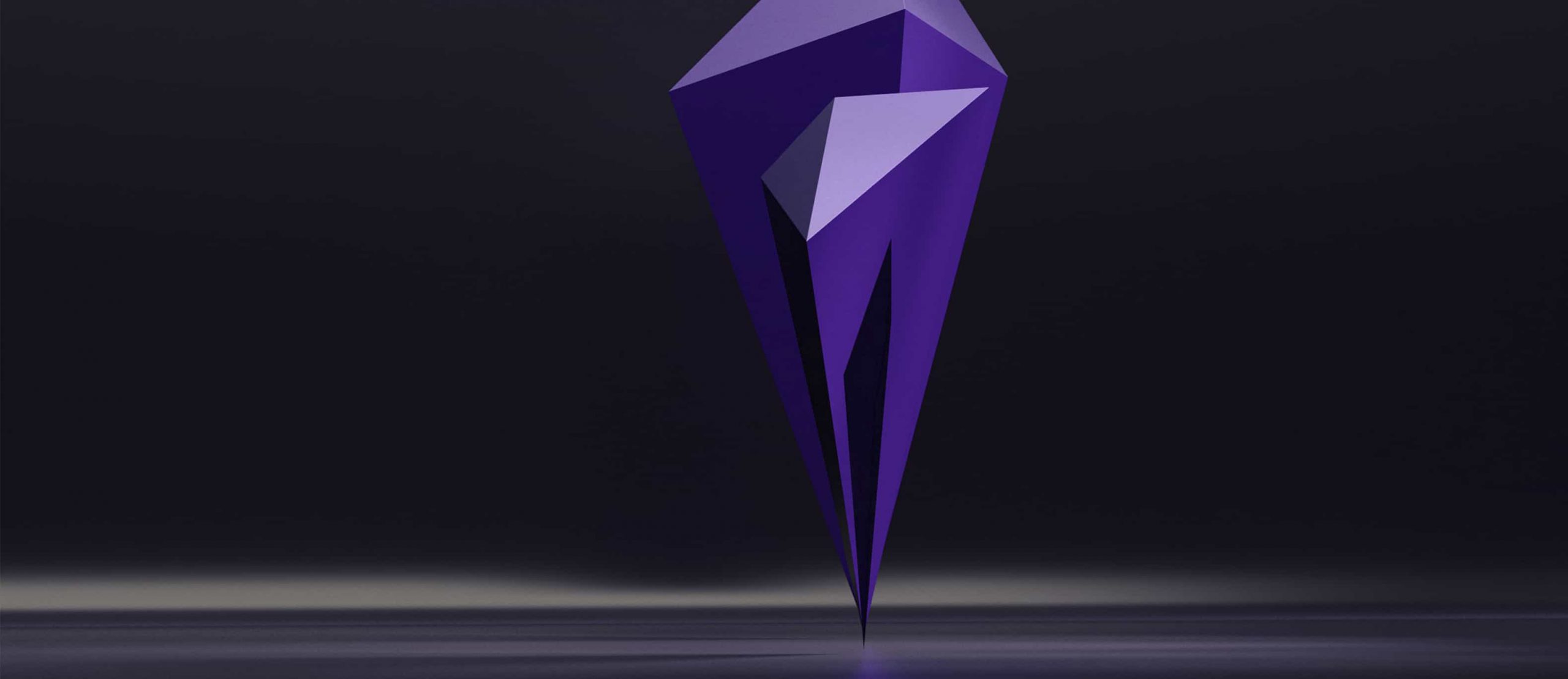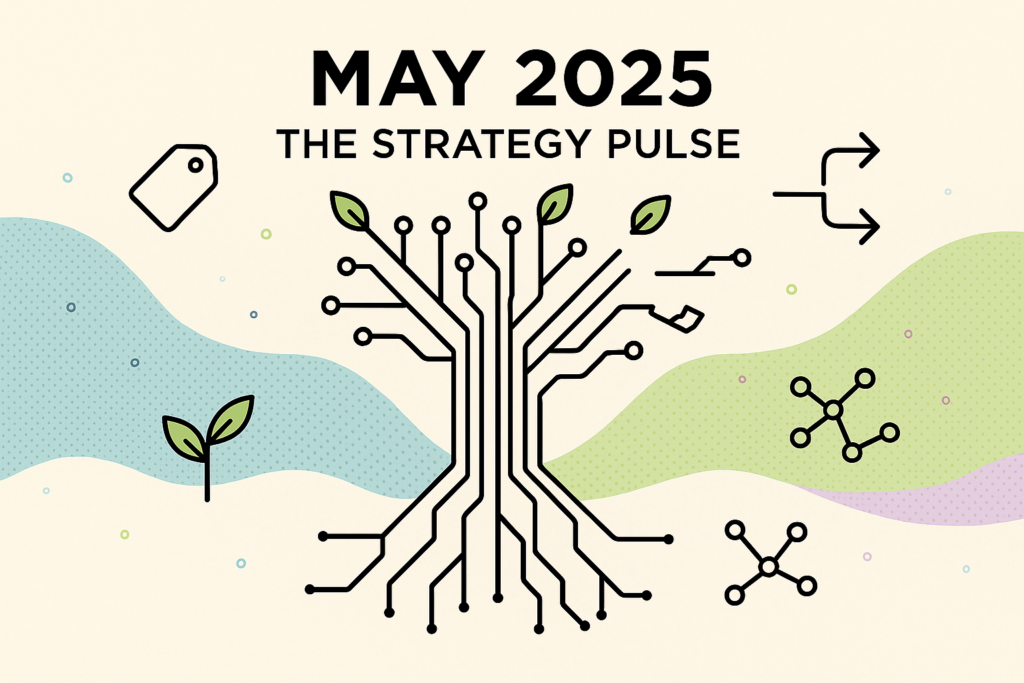Month: August 2023

The Impact of Social Media on Recruitment: Best Practices for Leveraging Platforms to Find and Engage Talent
The Impact of Social Media on Recruitment: Best Practices for Leveraging Platforms to Find and Engage Talent
August 31, 2023

Love it or loathe it, social media has undeniably infiltrated practically every facet of modern life. Planning a last-minute weekend getaway? You undoubtedly take to TikTok to see which destinations are trending, flicking through countless videos which sum up the benefits and setbacks of every city under the sun, from Marrakesh to Morecambe.
If you’re finishing school, there’s no way you’d contemplate applying for a university these days without scouring forums, chatrooms and tweets for insider info. And if you happen to be thinking of going to a restaurant for a special occasion, there’s no way you’d just book somewhere, cross your fingers and hope for the best, blindly trusting the marketing material on their website alone. You’d trawl the internet for reviews, taking them as gospel. These days, an influencer – or anyone with a phone and an opinion for that matter – holds as much sway as a top food critic.
And it turns out that the working world is no different. It’s impossible to ignore the fact that the vast majority of jobseekers are using social media in their job search efforts: 96%, to be exact. Meanwhile, according to LinkedIn, nearly 40 million people search for jobs on the professional networking site every week. The traditional job application process, which saw candidates applying for roles through clunky job board websites, is a practice that now belongs to a bygone era.
As technology inevitably evolves, is it any wonder that recruiters and hiring managers will have to seek out new and innovative ways to find and engage top talent? As it stands, it seems that many companies are catching on and beginning to harness the power of social media: 71% of US hiring managers believe that looking at a candidate’s social media profile is a good method for screening job applicants.
But how exactly can recruiters make the most out of their social media presence to attract top talent? Spoiler alert: There’s a lot more to it than posting job ads to LinkedIn.
Strong employer branding
We’ve already covered the power of meaningful employer branding in another article, but it’s worth rehashing here, because a strong employer brand is one of the most effective tools in your company’s arsenal when it comes to finding and engaging talent.
According to McKinsey, strong brands outperform their competitors by a whopping 96%, while research from Beamery found that 69% of candidates who are active on the job market are more likely to apply to a company that proactively manages its employer brand. LinkedIn reports that 49% of professionals currently follow companies that they’re interested in on social media to stay up-to-date with job opportunities.
But what exactly is a strong employer brand? Well, as we mentioned in our dedicated article in more detail, it basically entails having a strong sense of brand personality: What makes your company unique and what can you offer to potential candidates that other competitors cannot? Your company needs a powerful and convincing EVP (Employer Value Proposition) – which is basically an elevator pitch, aka the messaging that is funnelled into all of your marketing material.
Consistency is key: Engage with the latest social media trends and provide your followers with tailored, value-add content in order to garner attention from the right audience. It’s important for recruiters to work alongside marketing teams in order to ensure a streamlined approach to engaging talent.
By crafting a strong employer brand, you’ll be playing the long game of building the talent pipe-line when hiring in the future, not just in the here and now. You’re cultivating a meaningful relationship based on trust by regularly engaging customers and candidates – even those that may not be looking for a job right now, but will have your company at the front of their minds when they do ultimately embark on a job search.
Individual recruiter branding
Taking this one step further, we introduce you to the concept of personal branding. While having a strong employer brand is all well and good, ultimately there’s no denying that people buy from people – more so than companies – and this is where the value of a strong recruiter social media profile comes in.
Around half of adults (51%) with a bachelor’s or advanced degree use LinkedIn, so you really want to optimise your presence on this platform as a recruiter to ensure that you’re dipping into as much of this rich talent pool as possible. Promoting jobs and showcasing your personality on LinkedIn is a crucial means of getting yourself in front of top talent. LinkedIn can often feel like an echo chamber, full of recruiters and companies vying for the attention of an elite echelon of talent. You really want to optimise your chances of engaging these candidates, and to do so you need to be posting on your individual profile, not simply depending on the company page to do the work for you, in order to broaden your reach as widely as possible.
Proactive recruiters and employees who post on their own social media profiles are powerful advocates for the company who can draw in top talent. Employee advocacy adds another layer of insight to potential candidates who may be researching your company already, with Gallup reporting that 71% of candidates use referrals from employees currently working at the company to inform their decision when it comes to choosing a role.
Look beyond LinkedIn
While LinkedIn is likely to be your first port of call when it comes to attracting talent, it’s important not to dismiss other social media platforms where top talent may be dwelling. As part of your employer branding, it’s important to ascertain which platforms your unique audience and desired talent pool are using, so that you can be more targeted in your approach when it comes to engaging potential candidates – it’s better to focus on a limited few platforms rather than aimlessly using many of them.
For example, if you’re advertising for a more interactive or artistic role it might be a good idea to leverage a visual platform like Instagram, which boasts 2 billion users, while if you’re looking for fresh talent to fill more junior roles it could be worth showcasing your business by uploading quirky, fun and engaging videos on TikTok. Meanwhile, Twitter can be a great tool for engaging candidates, thanks to hashtags and the focus the platform places on communication – which make it a great place to share industry news and valuable insights, as a means of staying involved in the conversation happening among the wider community you’re recruiting in. This is one way of organically growing a valuable following of individuals who are genuinely interested in their specialism.
It’s not a one-way street
There’s no doubt that social media is an efficient, immediate and cost-effective tool when it comes to presenting your company in the best possible light. When used correctly, companies can provide top talent with an insight into what it’s like to work there, promoting jobs while simultaneously providing candidates with valuable resources.
Social media also allows recruiters to look at how candidates present themselves in their personal lives, on platforms like LinkedIn, Facebook and Instagram. However, if you really want to leverage social media to its fullest potential, you need to open up the conversation and allow potential talent to truly engage with you…Even if that can be uncomfortable at times.
Your company’s social media platforms need to be more than just glittering, carefully-curated online brochures that reek of superficiality. These platforms need to be safe spaces that allow employees and job seekers to get vulnerable and candid about their questions, concerns and expectations – where open communication is valued above all else. This element of meaningful authenticity is ultimately what sets your social media presence apart from old-school, outdated recruitment methods.

Data Digest #8: Robot Comedians and Tinder Makeovers
Data Digest #8: Robot Comedians and Tinder Makeovers
August 14, 2023

The cogs of the data world are perpetually turning. Data never sleeps. Brace yourself for an exciting overview into some of the top data news stories that have been gracing our screens over the past month.
Wired: Pornhub under investigation for illegal data collection
Pornhub is no stranger to controversy. In March of this year, Netflix released a documentary called Money Shot: The Pornhub Story, which explored the dark undercurrents of the adult streaming platform. Three years prior, The New York Times published an article entitled The Children of Pornhub, an exposé on the child exploitation that took place in plain sight on the platform.
And earlier this summer, Pornhub experienced a fresh new wave of criticism when Italy launched a legal complaint against the website due to its failure to comply to strict European GDPR data laws. According to activists, Pornhub does not sufficiently warn users about how their data is being stored by the website, even though every video they watch is being logged onto their phone, which the platform uses to assign sexual preferences to users, thus informing the videos that pop up in their recommended feed.
And Pornhub isn’t the only adult website coming under fire for its misuse of user data. An analysis of over 22,000 porn website revealed that over 93% of them leak data to third-parties. But the main problem with Pornhub in particular is its inability to be transparent with users – in layman’s terms – about how their data is being used. Users aren’t given a straightforward way to ‘opt-out’ of cookies, which is proving to be the main issue activists take with the website.
Wired: Pornhub is being accused of illegal data collection
Sky News: AI comedians set to take the stage at Edinburgh Fringe
After watching Mo Gawdat’s episode on the Diary of a CEO podcast, I’m not sure I’ll ever be able to see the funny side to AI. However, the terrifying technological developments taking place under our noses are being confronted head-on by a number of comedians, who consider it the ultimate fodder for dark humour.
One such comedian is LA-based Clown Courtney Pauroso, who invented Vanessa 5000, a robot who is set to perform at this year’s Edinburgh Fringe. Alongside Vanessa, a whole host of human comedians will become mouthpieces through which jokes that have been conjured up by AI are funnelled. Their job will simply be trying to get a laugh out of the audience using AI jokes, despite the fact that robots are notoriously unfunny.
Humour is a fundamentally complex, inherently human skill: From comedic timing to reading audience emotions, there’s so much that comes into play at a stand-up show. Even when you ask ChatGPT to tell you a joke, something about it feels a little…off. I think it’s safe to say that comedians are safe from the clutches of AI…for now.
Sky News: Is this the future of comedy? The AI acts taking to the stage at the Edinburgh Fringe
The Guardian: Will AI replace architects?
It’s no secret that AI is becoming more and more sophisticated as the days and seconds go by. To some, this may be exciting news, but for others choosing to look at the matter more critically, there seems to be an unspoken tension simmering beneath the surface. The more advanced AI becomes, the more many of us feel like we’re suffocating in a stifling atmosphere of uncertainty. And those among us who feel like AI is on the verge of taking their jobs are undoubtedly feeling it the most.
Writers and actors already feel like they’re on the chopping block (thanks to ChatGPT and advanced CGI) but are architects the latest profession on the firing line?
Using image-making AI tools, it’s now possible to create images of buildings that don’t actually exist – think Gaudi-esque high rises covered in algae and swarming with every colour of the rainbow – simply by describing it and letting the software do the hard work of rendering it.
However, many people don’t realise that AI is already having a tangible impact in the real world, too. Many architecture firms are using AI in real projects, often streamlining the design process by employing different tools for functionality purposes: To optimise the placement of plug sockets and electricity units, or predict the amount of daylight a building will get. Meanwhile, other architecture firms are using AI to brainstorm ideas or put forward multiple design options for a client at the click of a finger – AI is able to create many rough sketches of different design options that the architects themselves can then work from.
Understandably, there are concerns about these developments. Firstly, the issue of intellectual property and data laws is a minefield in and of itself that could be cause ethical issues down the line for many architects depending on this technology. Furthermore, with AI already performing many of the mundane, practical tasks that junior architects do, how long is it until the technology replaces the entire industry point blank?
The Guardian: ‘It’s already way beyond what humans can do’: will AI wipe out architects?
Gov.uk: Every criminal court now part of a single data system
Any true crime buff knows that one of the main reasons it can take so long to bring an offender to justice is the inefficient bureaucracy of a criminal justice system. It’s a tale as old as time: When police officials, lawyers and the courts aren’t united under the common flag of a single system where all case information can be accessed, frustration and chaos inevitably ensues.
A promising new government initiative launched this month promises to resolve this dilemma by gathering all criminal data across England and Wales onto one single digital platform, known as the ‘Common Platform’. Every piece of information relating to a criminal case is now to be stored there, from the beginning of the case – starting with arrest – right up to prison release and probation.
Prior to the launch of this new plan, the criminal justice system still relied on archaic remnants of an outdated system: Namely piles of paperwork and ancient computer systems. This new endeavour looks set to make the criminal justice system more seamless, resulting in a smoother and faster process for all parties involved.
Gov.uk: Every criminal court now connected to single data system for the first time
Sky News: AI is judging your Tinder profile
For many people, there’s nothing more daunting than the prospect of putting together a dating profile. Carefully curating a detailed portrait of yourself to present to potential suitors is no small feat – but luckily, AI could be coming to the rescue.
Tinder is currently testing a new AI tool that promises to sift through a whole album of photos in a bid to pluck out the five best snaps that have the highest chance of securing more matches – according to the Chief Executive of Match, the company that owns Tinder as well as other dating apps, such as Hinge and OkCupid.
This is set to be just one new feature in a series of changes being made by the dating app using AI, that is seeking to improve user efficiency. Tinder already uses an algorithm to increase the chances of users finding a match in fewer swipes, but the app is now planning to have a feature that explains the reasoning behind these decisions to the user. It looks like AI is about to make the minefield of online dating a whole lot simpler.
Sky News: Tinder tests AI as new way to pick your best photos

